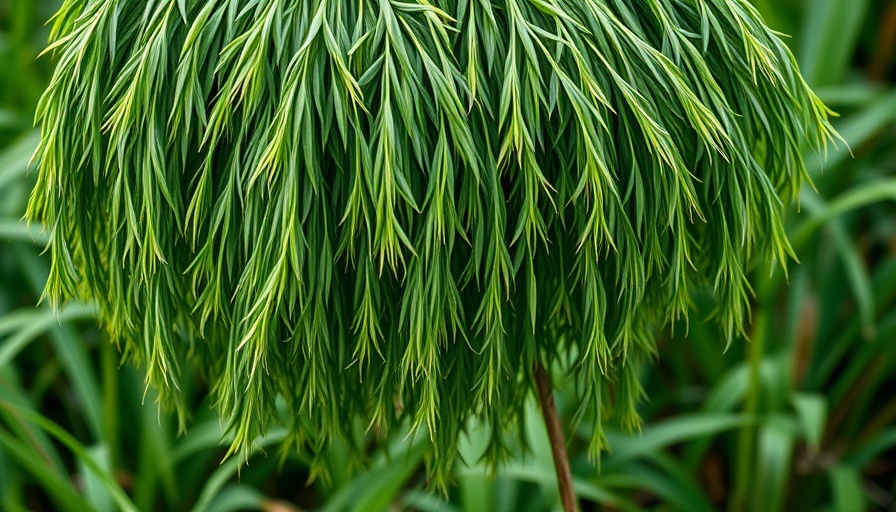
Essential Spring Lawn Care Goals for New Orleans Homeowners
As the vibrant season of spring emerges in New Orleans, homeowners are faced with the crucial task of rejuvenating their lawns. The specific climatic conditions of the Crescent City—marked by high humidity and a subtropical climate—drive unique lawn care requirements. Whether you are a seasoned landscaper or a novice maintaining your yard for the first time, setting clear spring lawn care goals will set you on a path to cultivate a thriving, green landscape.
Understanding New Orleans' Lawn Care Challenges
New Orleans' warm temperatures can be a double-edged sword. While the weather promotes growth, it also invites common lawn pests and diseases, making effective management essential. Homeowners often wrestle with challenges including fungus, weeds, and varied turf grass needs which require a tailored approach to ensure a sustainable and aesthetically pleasing lawn.
Set Clear Lawn Care Objectives
To create a lush lawn, homeowners should consider several critical objectives for spring. These goals should include:
- Assessing and Improving Soil Quality: Testing soil pH and nutrient levels can guide what amendments may be needed. It's essential to apply compost or fertilizers suitable for New Orleans soil.
- Implementing Weed Control Measures: Identifying and treating weeds early in the season can prevent them from overtaking your coveted grass.
- Proper Mowing and Maintenance Techniques: Establish a mowing schedule that reflects the growth rate of your specific grass type to encourage thick, healthy growth.
Choosing the Right Grass Type
Selecting the right grass variety is crucial in achieving your lawn care goals. Popular options in New Orleans include St. Augustine, Zoysia, and Bermuda grasses, each boasting its distinct advantages. St. Augustine offers exceptional resistance to heat and drought while Zoysia is lauded for its resilience in shaded areas. Understanding your lawn's unique environment will allow you to make an informed choice, ensuring your lawn thrives throughout the warmer months.
Utilizing Sustainable Practices for Lawn Care
Environmental responsibility is becoming increasingly important in landscaping. Homeowners can improve their lawn care routines by opting for sustainable practices. This includes using organic fertilizers, practicing integrated pest management, and reducing water consumption through proper irrigation techniques. Implementing these strategies not only enhances the health of your lawn but contributes positively to the local ecosystem.
Embracing Technological Innovations
With advances in technology, lawn care has become smarter and more efficient. Homeowners can leverage smart irrigation systems to optimize water usage, while apps that monitor grass health can provide real-time feedback. These tools allow for data-driven planning and execution, ultimately leading to a healthier lawn with less effort.
Final Tips for a Vibrant New Orleans Lawn
As spring unfolds, don’t forget to focus on these final tips for a successful lawn care plan:
- Stay Consistent: Regularly scheduled maintenance will help establish a robust lawn.
- Engage with Professionals: Don’t hesitate to seek expert advice, particularly if you face persistent lawn problems.
- Community Involvement: Engage with local gardening clubs or resources in New Orleans for knowledge and support.
 Add Row
Add Row  Add
Add 




 Add Row
Add Row  Add
Add 

Write A Comment